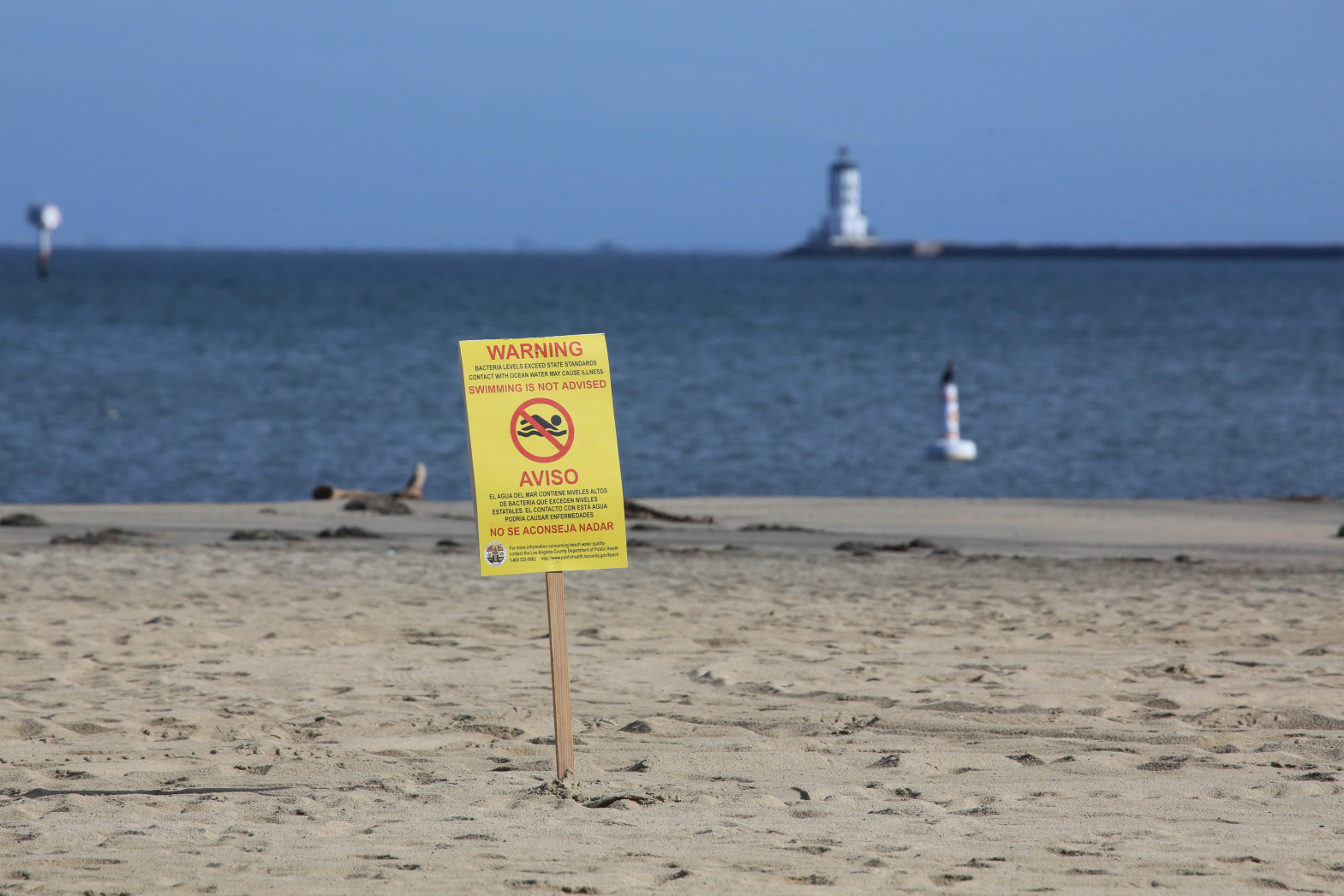In a win for safe drinking water, the Federal Aviation Administration (FAA) has given the OK for airports to use a firefighting foam that does not contain PFAS.
PFAS – technically per-and-poly fluoroalkyl substances – are a class of thousands of chemicals that have been linked to a wide range of serious health effects including kidney and liver disease, immune system suppression, birth defects and even cancer. These toxic substances break down very slowly if at all, earning the nickname “forever chemicals.”
These forever chemicals have contaminated the drinking water for millions of people across the country. One major source of that contamination is PFAS-laden firefighting foam used at military bases and civilian airports. (You can see several bases and airports among locations with PFAS contamination on this map.)
In Portland, Oregon, for example, firefighters and airfield crews sprayed thousands of gallons of PFAs-laden foam at two training centers and the Air National Guard Base. According to site investigations, PFAS was detected in surface waters at 1,500 parts per trillion (ppt), and the highest groundwater sample had more than 40,000 ppt. For comparison, public health experts have recommended a 1 ppt limit on all PFAS in drinking water.
Working with veterans, public health experts, and community groups, we called on the military to stop using PFAS-containing foam. By late 2019 we convinced Congress to order the Pentagon to stop using forever chemicals in foam on military bases by 2024. And earlier this year, the Department of Defense announced that its future foam purchases will be PFAS-free.
But civilian airports were still stuck: by law, they can only use firefighting foams that meet FAA specification. So even as the evidence of toxic contamination mounted, 524 airports across the U.S. were required by the FAA to use PFAS-laden firefighting foams.
In addition to contaminating our waterways, firefighters themselves have suffered terribly as a result. In Charlotte, North Carolina, 43 active firefighters were diagnosed with cancer, and 10 of them have died. According to Shane Nantz, a 51-year-old, Charlotte-area firefighter, “These are young folks, all under 50. We just watched them go down to nothing.”
The firefighters at Seattle-Tacoma International Airport practiced mixing and spraying PFAS foams as part of their training, often getting covered with it. Some of these firefighters began developing pancreatic cancer, and one of them, 31 year old Gilbert Smith Jr., died of cancer in 2015. According to Thomas Sanchez, a retired firefighter who worked with Smith, the firefighters would bring PFAS home to their families, “We were taking those contaminants home with us. Nobody realized that. Nobody knew about it.”
While the FAA’s announcement is good news, it is now up to airports to choose to use PFAS-free foam. For the sake of our firefighters, our drinking water and our environment – we hope they do so as soon as possible.
And of course our work to turn off the toxic tap will not end with firefighting foam. Our network is working in the states to end the use of toxic PFAS across our economy – from fabrics to cosmetics to non-stick pans. And until these forever chemicals are gone forever, we’re working to stop companies from dumping them into our waterways.

